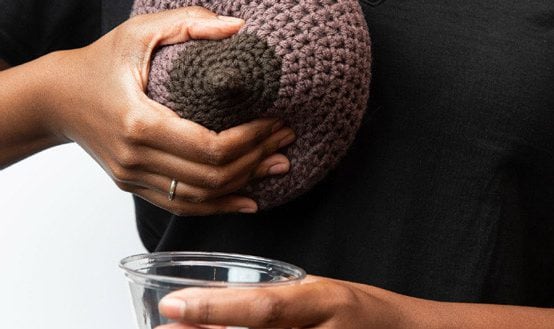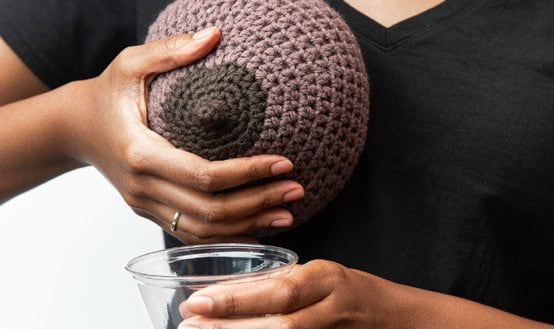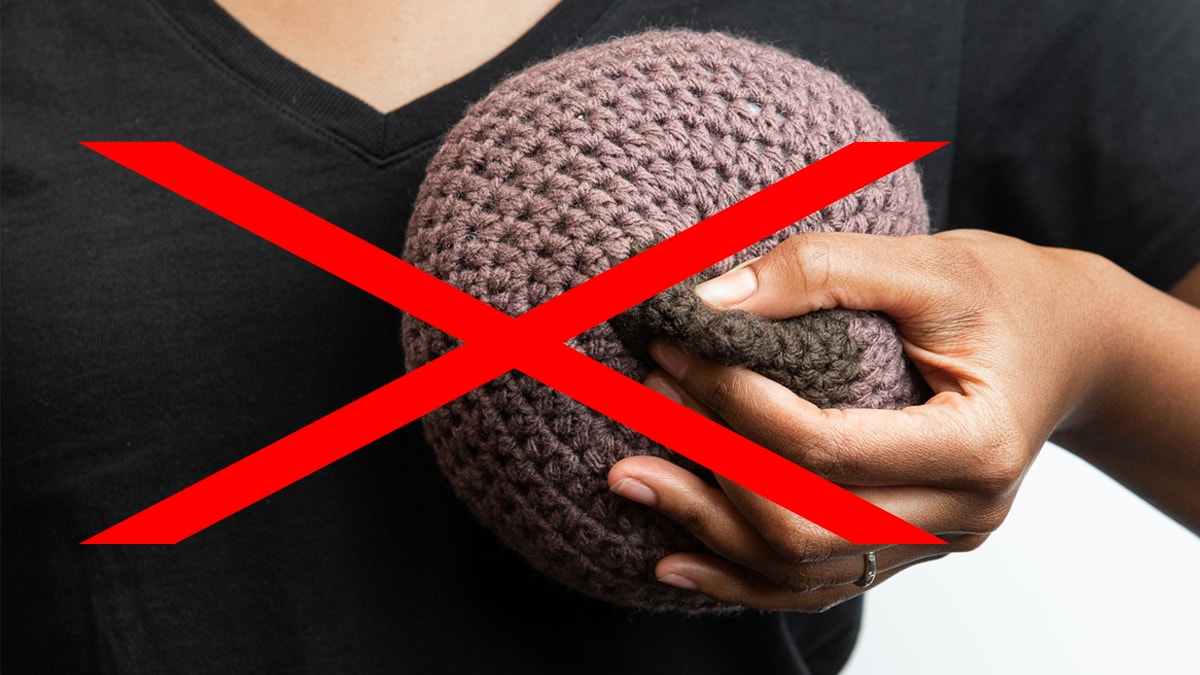At a glance
Expressing breast milk by hand is an important skill for lactating women to learn, especially in case of an emergency. Hand expression can be helpful in situations when you may not have access to a breast pump or electricity for a breast pump or if you are separated from your baby unexpectedly. Learn more about expressing milk by hand.

Expressing milk by hand
- May be more comfortable for some parents who experience pain when using a breast pump.
- Does not require equipment, water, or electricity.
- Can relieve engorgement (by releasing some milk to soften your breasts). This can help your baby latch on more easily.
- Encourages milk production early in lactation.
- Is a safe and effective way to express milk during emergency or natural disaster situations.
A lactation support provider can help you to learn how to hand express. Hand expression gets easier with practice, and you can experiment to find what works best for you. Practicing in the shower or other private space can be a good way to learn.

Before you get started
- Wash your hands well with soap and warm water. If you do not have access to safe water, use hand sanitizer containing at least 60% alcohol.
- Use a clean, disposable container with a wide mouth to collect the milk.
- Find a comfortable position and lean forward slightly to let gravity help.
- Massage your breast to help stimulate the milk to release.
Steps for expressing milk by hand
 |
|
| 1. Position your thumb above the nipple and your fingers below the nipple about 1 to 2 inches behind your nipple. Your thumb and fingers will make the letter “C” shape. | |
 |
|
| 2. Press your fingers and thumb back toward your chest. | |
 |
|
| 3. Gently compress your fingers and thumb together. | |
 |
|
| 4. Release and then repeat in a rhythmic pattern: Press, Compress, Release. Continue until the milk stops and then switch to the other breast. |
Tips to help your milk flow
- Use a warm compress or heat on your breast before expressing.
- Change position of the fingers around the nipple to express milk from different ducts.
- Think about your baby or smell a piece of your baby's clothing to help the milk to flow.
- Tension or anxiety can prevent your milk from flowing well. Practice relaxation techniques by taking deep breaths, stretching, or asking a family member or partner for a gentle shoulder or back massage.
- Do not squeeze hard or pull on the nipple. Hand expression should not hurt.

